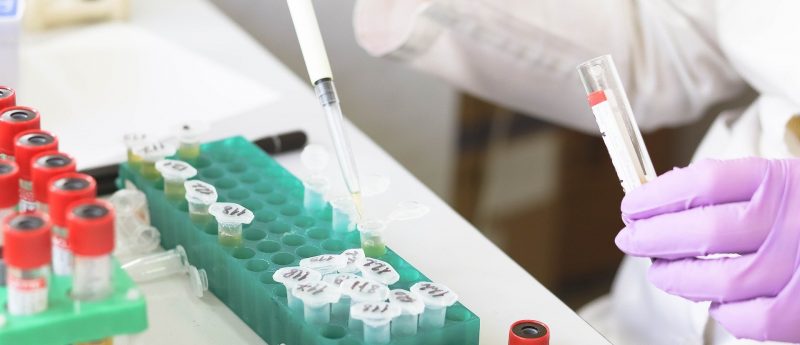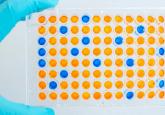Boosting assay performance: luciferase assay to examine six molecular pathways at once

Scientists based at Baylor College of Medicine (TX, USA) have developed a novel technological approach that increases the number of molecular pathways that can be simultaneously assessed in a cell sample with a luciferase assay.
The research, published in Nature Communications, describes the development of a multiplexed hextuple luciferase assay which allows the simultaneous probing of six different pathways in a single cell sample. The assay could also allow researchers to monitor the effects of experimental treatments acting on multiple molecular targets within these pathways.
Cell-based screening assays based on a single biological measurement can yield a limited amount of information due to the complexity of biological systems. Multiplex assays help to address these limitations by simultaneously measuring multiple readouts.
The newly reported assay is sensitive and can reduce cost, experimental error and runtime when compared with traditional methods by eliminating the need to perform several independent screening assays. Corresponding author, Koen Venken (Baylor College of Medicine) explained: “Our goal in this study was to measure multiple cellular pathways at once in a single biological sample, which would also minimize experimental errors resulting from conducting multiple separate assays using different samples.”
The new assay utilizes six luciferases which are engineered to reveal the activity of a particular pathway by emitting bioluminescence. Each luciferase emits a bioluminescence signal that can be distinguished from the others.
In the assay, cell samples are treated with a single multi-luciferase gene vector, rather than six individual vectors, to increase experimental control by decreasing the variability between biological replicates. Co-author, Lyra Chang (Baylor College of Medicine) explained: “To engineer and deliver the luciferase system to cells, we used a ‘molecular Lego’ approach. This consists of connecting the DNA fragments encoding all the biological and technological information necessary to express each luciferase gene together sequentially forming a single DNA chain called vector. This single vector enters the cells where each luciferase enzyme is produced separately.”
The team originally carried out this study with the intention of better understanding the processes involved in cancer, however Venken explained: “Our multiplex luciferase assay can be used to study other cellular pathways or complex diseases across different research fields. For instance, the assay can be adapted to study the effect of drugs on insulin sensitivity in different cell types, the immune response to viral infections, or any other combinations of pathways.”
Sources: Sarrion-Perdigones A, Chang L, Gonzalez Y, Gallego-Flores T, Young DW and Venken KJT. Examining multiple cellular pathways at once using multiplex hextuple luciferase assaying. Nat. Comms. doi:10.1038/s41467-019-13651-y (2019)(Epub ahead of print); https://eurekalert.org/pub_releases/2019-12/bcom-naa121319.php






